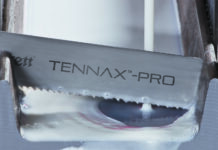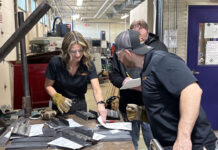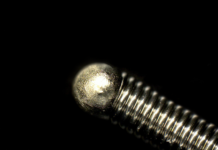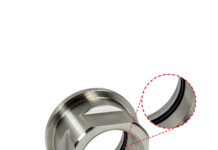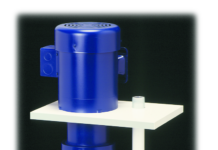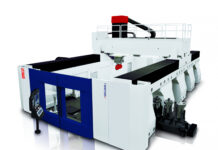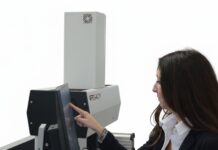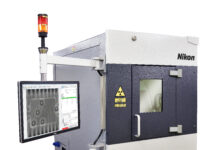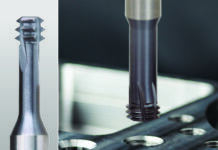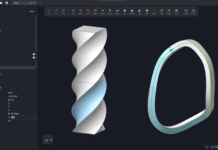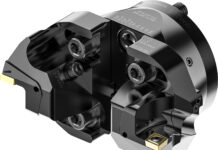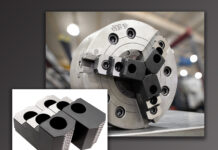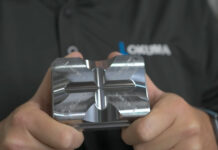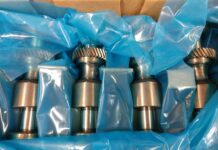
AGMA Celebrates 100 years of the Gear Industry
Major advancements in technology during the last half of the 19th century spawned rapid growth in manufacturing. Gears were used in larger and larger numbers in automobiles, heavy industries, material handling, mass transit, agriculture, and defense. By 1915 the auto industry was booming, with nearly a million cars sold. The lack of process and product standardization became an issue.
The U.S. military, in particular, was finding the lack of standards cumbersome. The government called on the gear industry to develop standards for gear type, tooth size, tolerances, and manufacturing processes. The standards would make interchangeable gears, from multiple sources, available to meet national security needs.
In the Beginning
 Westinghouse Electric and its subsidiary gear company, R. D. Nuttall Company, heeded the government’s call, and brought other manufacturers and equipment suppliers together in 1916 and 1917 to establish the American Gear Manufacturers Association (AGMA). In the beginning the gear manufacturers were suspicious of each other. This caused some difficulties, but the men of Westinghouse persevered and by the close of 1916, nine companies agreed to form the AGMA and to hold their first Executive Committee meeting in Lakewood, NJ in March 1917.
Westinghouse Electric and its subsidiary gear company, R. D. Nuttall Company, heeded the government’s call, and brought other manufacturers and equipment suppliers together in 1916 and 1917 to establish the American Gear Manufacturers Association (AGMA). In the beginning the gear manufacturers were suspicious of each other. This caused some difficulties, but the men of Westinghouse persevered and by the close of 1916, nine companies agreed to form the AGMA and to hold their first Executive Committee meeting in Lakewood, NJ in March 1917.
Those nine companies were:
- Cincinnati Gear Company, Cincinnati, OH – now known as Cincinnati Gearing Systems
- Earle Gear & Machine Company Philadelphia, PA – in 1986 bought by Steward Machine Co. of Birmingham, AL
- Horsburgh & Scott Company, Cleveland, OH
- Newark Gear Cutting Machine Company, Newark, NJ
- D. Nuttall Company, Pittsburgh, PA – now owned by Altra Industrial Motion
- Philadelphia Gear Works, Philadelphia, PA – now owned by Timken
- Simonds Manufacturing Company, Pittsburgh, PA
- Van Dorn and Dutton Company, Cleveland, OH
- Pittsburgh Gear & Machine Company, Pittsburgh, PA – in 1953 purchased by Brad Foote Gear Works, which is now a division of Broadwind Energy
Two months after the Executive Committee meeting, the first AGMA Annual Convention took place at the Hotel Schenley in Pittsburgh, PA. By this point, ten additional companies had joined AGMA. These 19 companies are considered the founding members of AGMA.
Purpose Made
The Journal of Metallurgical and Chemical Engineering reported on the Pittsburgh convention, saying “The Association has been organized for the purpose of developing, standardizing and improving all products of the gear industry.”
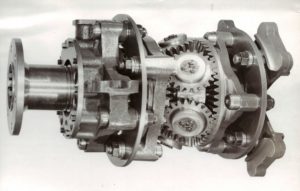 The first technical paper was presented at this Convention, from James E. Gleason on “The Spiral or Curved Tooth Bevel Gear.” Others papers addressed standardization and business issues. Of the 19 founding companies, 12 are still AGMA members today.
The first technical paper was presented at this Convention, from James E. Gleason on “The Spiral or Curved Tooth Bevel Gear.” Others papers addressed standardization and business issues. Of the 19 founding companies, 12 are still AGMA members today.
“From the beginning, we have said the history of AGMA means nothing without the history of the many companies and individuals who have made this remarkable industry,” said AGMA President, now President Emeritus, Joe Franklin in a recent speech.
From the earliest days, AGMA’s stated purposes were very much in line with today’s bylaws:
- To develop technical standards for gear design, manufacture and application.
- To collect and disseminate statistics and information of value to the membership.
- To discuss subjects of interest and value to the industry.
- To advance the improvement of that industry.
Driven by the War
The Depression almost killed AGMA, but through the good will and life giving financial support from its machine tool members, AGMA made it through. The gear industry was critical to manufacturing as the U.S. entered WWII in 1942. The leap from the slow business of the depression to a flurry of war time orders caused some unique challenges, but AGMA members rose to the occasion.
At the end of WWII, Americans turned their focus to consumer goods, and the automobile industry flourished. WWII had produced many improvements in gear technology, standards, and manufacturing. The aviation and agriculture industries took the technologies developed during wartime and made big improvements to their products, while advancing mechanization. By 1951, AGMA had 157 members.
Through the sixties and seventies, the Cold War and Space race presented new and unique challenges to AGMA members. Many AGMA members contributed to the U.S. efforts in Vietnam. AGMA extended its reach to include members outside the U.S. By 1971, AGMA had a total of 235 members.
The Computer Age
In the seventies and eighties, AGMA members embraced new computerized technologies. Computer-aided design (CAD) was widely adopted as an engineering tool. Computerized numerical controlled gear cutting machines became the norm. In 1986, the American National Standards Institute (ANSI) credited AGMA to write U.S. standards on gearing.
In October, 1986, AGMA assumed the leadership role of the U.S. Technical Advisory Group (TAG) to the International Standards Organization (ISO) TC-60 on gear standards. In 1993, AGMA assumed the role of ISO TC-60 Secretary, a role it still holds today.
Hundred Years and Going
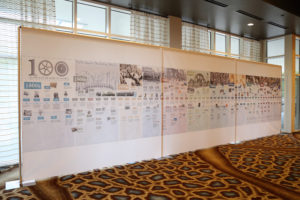 In 2016, its 100th anniversary year, AGMA has more than 500 members from 30 countries that span the depth of the gear industry. The AGMA 2016 Fall Technical Meeting will take AGMA members back to Pittsburgh, PA, the site of the first Annual Convention, and 25 technical papers will be presented discussing emerging technologies in the field. There will also be a special Centennial Celebration at this meeting to close out the yearlong Centennial Celebrations.
In 2016, its 100th anniversary year, AGMA has more than 500 members from 30 countries that span the depth of the gear industry. The AGMA 2016 Fall Technical Meeting will take AGMA members back to Pittsburgh, PA, the site of the first Annual Convention, and 25 technical papers will be presented discussing emerging technologies in the field. There will also be a special Centennial Celebration at this meeting to close out the yearlong Centennial Celebrations.
Through generous centennial sponsorship, AGMA has been able to thoroughly research historic documents to commemorate its 100 years in the gear industry. There is an AGMA Centennial website with a timeline, videos, a commemorative book, and posters that will be used to educate others on the importance of the gear industry for years to come.
Complete information can be found on the AGMA website www.agma.org

